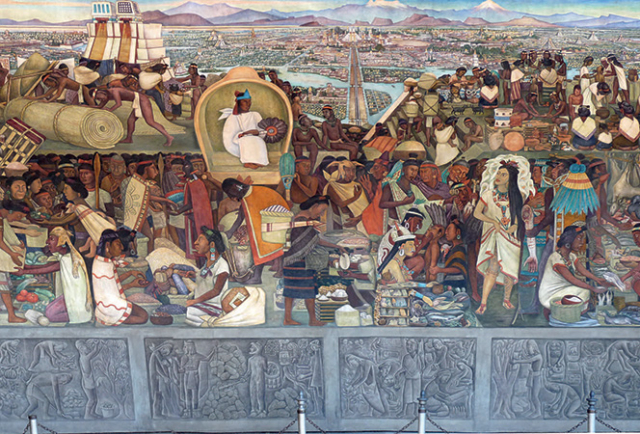Enduring Civilisation: cities and citizens in the ‘Aztec Empire’
Historian article

Cities and citizens in the ‘Aztec Empire’
Katherine Bellamy explores the cities and citizens at the heart of the so-called ‘Aztec Empire’, a vast and complex network of distinct indigenous communities who endured despite Spanish colonisation.
The term ‘civilisation’ is derived from the Latin, civilis (civil), and closely connected to civitas (city) and civis (citizen). The cities and citizens of the ‘Aztec Empire’ were the foundation of this complex civilisation, which spanned across what is currently Mexico, comprised hundreds of distinct indigenous societies, each with their own history and identity. In Nahuatl – the language of this empire –altepeme (sl. altepetl) were the key cities (more accurately, ‘city states’) which ranged in size from small settlements to large urban centres, but, more than this, they were the core political and social unit which also held symbolic meaning for their citizens, the altepehua, for whom the altepetl provided a common history and sense of identity...
This resource is FREE for Historian HA Members.
Non HA Members can get instant access for £2.49

